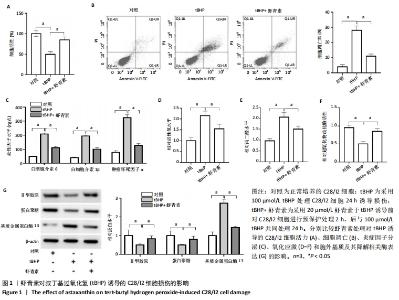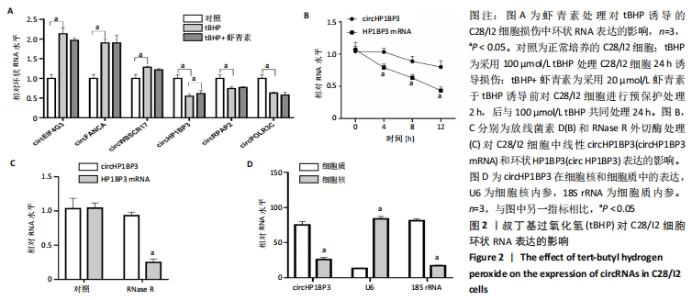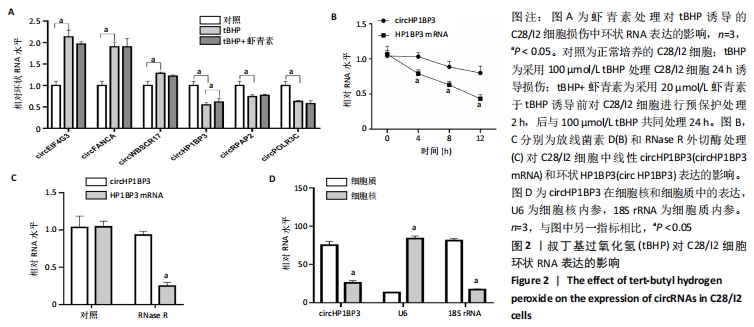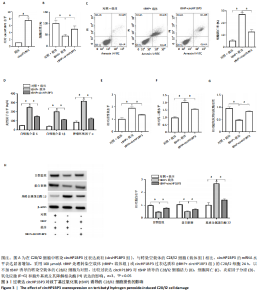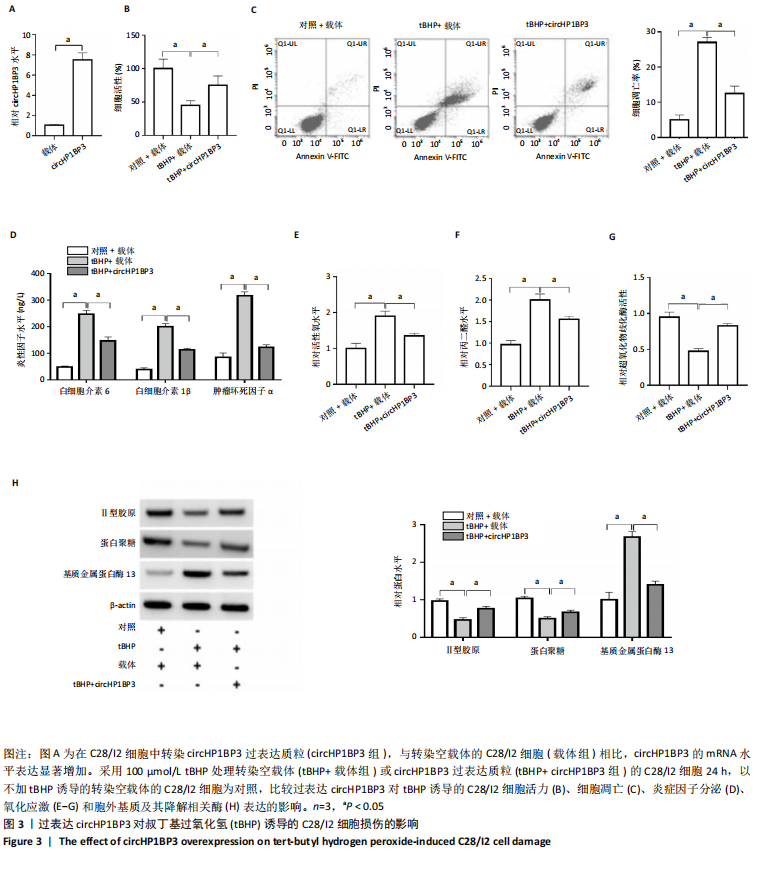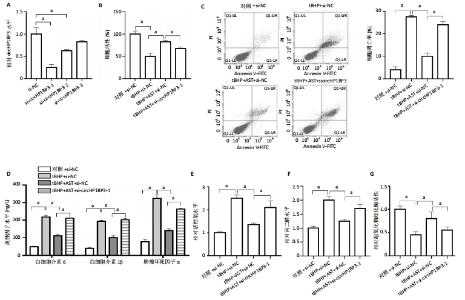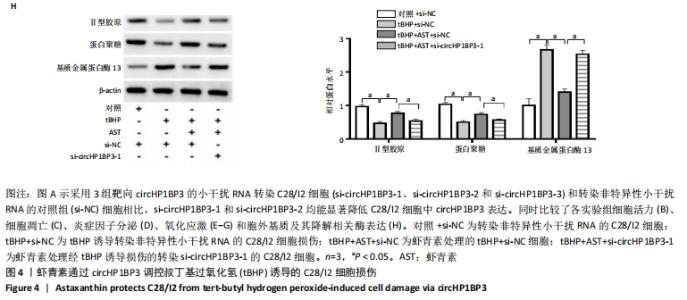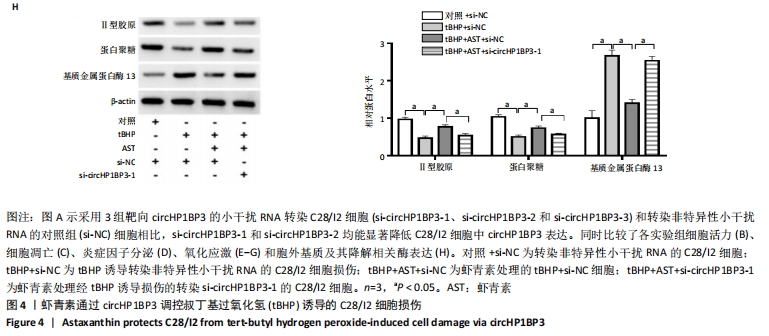[1] BORRELLI J JR, OLSON SA, GODBOUT C, et al. Understanding articular cartilage injury and potential treatments. J Orthop Trauma. 2019; Suppl 6:S6-S12.
[2] SIMON TM, JACKSON DW. Articular cartilage: injury pathways and treatment options. Sports Med Arthrosc Rev. 2018;26(1):31-39.
[3] LOGERSTEDT DS, SCALZITTI DA, BENNELL KL, et al. Knee pain and mobility impairments: Meniscal and Articular Cartilage Lesions Revision 2018. J Orthop Sports Phys Ther. 2018;48(2):A1-A50.
[4] CIPOLLARO L, CIARDULLI MC, DELLA PORTA G, et al. Biomechanical issues of tissue-engineered constructs for articular cartilage regeneration: in vitro and in vivo approaches. Br Med Bull. 2019; 132(1):53-80.
[5] SZTRETYE M, DIENES B, GÖNCZI M, et al. Astaxanthin: a potential mitochondrial-targeted antioxidant treatment in diseases and with aging. Oxid Med Cell Longev. 2019;2019:3849692.
[6] FAKHRI S, ABBASZADEH F, DARGAHI L, et al. Astaxanthin: a mechanistic review on its biological activities and health benefits. Pharmacol Res. 2018;136:1-20.
[7] SUN K, LUO J, JING X, et al. Astaxanthin protects against osteoarthritis via Nrf2: a guardian of cartilage homeostasis. Aging (Albany NY). 2019; 11(22):10513-10531.
[8] PENG YJ, LU JW, LIU FC, et al. Astaxanthin attenuates joint inflammation induced by monosodium urate crystals. FASEB J. 2020;34(8):11215-11226.
[9] LI X, YANG L, CHEN LL. The biogenesis, functions, and challenges of circular RNAs. Mol Cell. 2018;71(3):428-442.
[10] ZHOU ZB, HUANG GX, FU Q, et al. circRNA.33186 contributes to the pathogenesis of osteoarthritis by sponging miR-127-5p. Mol Ther. 2019;27(3):531-541.
[11] HUANG Z, MA W, XIAO J, et al. CircRNA_0092516 regulates chondrocyte proliferation and apoptosis in osteoarthritis through the miR-337-3p/PTEN axis. J Biochem. 2021;169(4):467-475.
[12] QIU Y, PU C, LI Y, et al. Construction of a circRNA-miRNA-mRNA network based on competitive endogenous RNA reveals the function of circRNAs in osteosarcoma. Cancer Cell Int. 2020;20:48.
[13] KONG J, WANG J, GONG X, et al. Punicalagin inhibits tert-butyl hydroperoxide-induced apoptosis and extracellular matrix degradation in chondrocytes by activating autophagy and ameliorates murine osteoarthritis. Drug Des Dev Ther. 2020;14:5521-5533.
[14] CHEN WP, XIONG Y, SHI YX, et al. Astaxanthin reduces matrix metalloproteinase expression in human chondrocytes. Int Immunopharmacol. 2014;19(1):174-177.
[15] LIU Q, ZHANG X, HU X, et al. Circular RNA related to the chondrocyte ECM regulates MMP13 expression by functioning as a MiR-136 “sponge” in human cartilage degradation. Sci Rep. 2016;6:22572.
[16] SUN K, LUO J, JING X, et al. Astaxanthin protects against osteoarthritis via Nrf2: a guardian of cartilage homeostasis. Aging. 2019;11(22): 10513-10531.
[17] LOESER RF, COLLINS JA, DIEKMAN BO. Ageing and the pathogenesis of osteoarthritis. Nat Rev Rheumatol. 2016;12(7):412-420.
[18] LI Y, WU Y, JIANG K, et al. Mangiferin prevents tBHP-induced apoptosis and ECM degradation in mouse osteoarthritic chondrocytes via restoring autophagy and ameliorates murine osteoarthritis. Oxid Med Cell Longev. 2019;2019:8783197.
[19] ELEUTHERIO ECA, SILVA MAGALHÃES RS, DE ARAÚJO BRASIL A, et al. SOD1, more than just an antioxidant. Arch BiochemBiophys. 2021; 697:108701.
[20] DAI Y, LIU S, LI J, et al. SIRT4 suppresses the inflammatory response and oxidative stress in osteoarthritis. Am J Transl Res. 2020;12(5):1965-1975.
[21] KOIKE M, NOJIRI H, KANAZAWA H, et al. Superoxide dismutase activity is significantly lower in end-stage osteoarthritic cartilage than non-osteoarthritic cartilage. PLoS One. 2018;13(9):e0203944.
[22] HUANG L, CHEN W. Astaxanthin ameliorates cartilage damage in experimental osteoarthritis. Mod Rheumatol. 2015; 25(5):768-771.
[23] WU L, LU X, SHEN B, et al. The therapeutic potential and role of miRNA, lncRNA, and circRNA in osteoarthritis. Curr Gene Ther. 2019;19(4): 255-263.
[24] ZHANG W, QI L, CHEN R, et al. Circular RNAs in osteoarthritis: indispensable regulators and novel strategies in clinical implications. Arthritis Res Ther. 2021;23(1):23.
[25] WANG Y, WU C, ZHANG Y, et al. Screening for differentially expressed circRNA between Kashin-Beck disease and osteoarthritis patients based on circRNA chips. Clin Chim Acta. 2020;501:92-101.
[26] SHEN S, WU Y, CHEN J, et al. CircSERPINE2 protects against osteoarthritis by targeting miR-1271 and ETS-related gene. Ann Rheum Dis. 2019;78(6):826-836.
[27] CHEN G, LIU T, YU B, et al. CircRNA-UBE2G1 regulates LPS-induced osteoarthritis through miR-373/HIF-1a axis. Cell Cycle. 2020;19(13): 1696-1705.
[28] NI J, DANG X, SHI Z. CircPSM3 inhibits the proliferation and differentiation of OA chondrocytes by targeting miRNA-296-5p. Eur Rev Med Pharmacol Sci. 2020;24(7):3467-3475.
[29] PANDA AC. Circular RNAs act as miRNA sponges. Adv Exp Med Biol. 2018;1087:67-79.
[30] KULCHESKI FR, CHRISTOFF AP, MARGIS R. Circular RNAs are miRNA sponges and can be used as a new class of biomarker. J Biotechnol. 2016;238:42-51.
[31] CHEN C, YIN P, HU S, et al. Circular RNA-9119 protects IL-1β-treated chondrocytes from apoptosis in an osteoarthritis cell model by intercepting the microRNA-26a/PTEN axis. Life Sci. 2020;256:117924.
|
